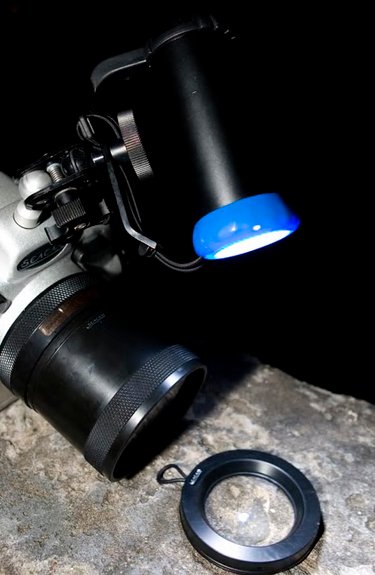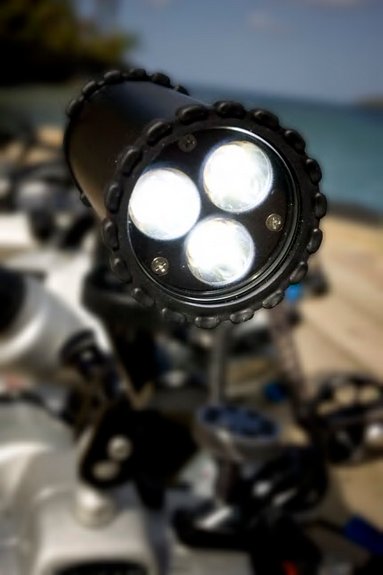Seacam Wet Diopter
At this year’s DEMA show Seacam introduced a pair of wet diopters custom designed for their macro ports.
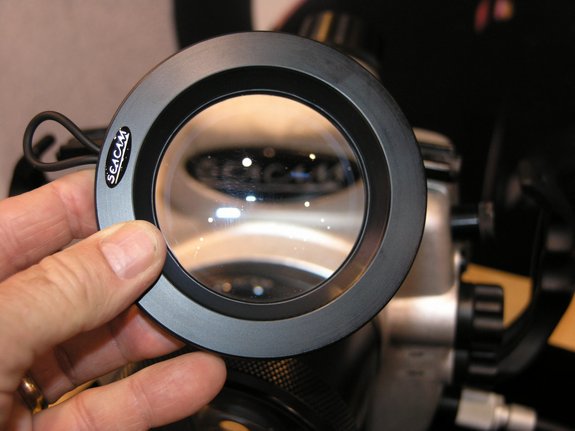
There is an O-ring that sits around the circumference of the port, which in turn makes it a simple press fit inside the ports integrated sunshade. The diopter is vented so that the water squirts out, making it a simple matter to install underwater. A protrusion of the same O-ring makes it easy to pull the diopter off when not in use. There are two diopters in the set, #2 and #4, and they are delivered in a Seacam neoprene and Velcro pouch.
I took a pair of the Seacam diopters with me last week on a shoot in St. Vincent. Actually, the vis was pretty bad because of an unseasonable amount of rain, so I spent most of the week shooting 100mm macro subjects, and truly enjoying it. St. Vincent has the best small critters in the Caribbean, and Bill Tewes and the staff at Dive St. Vincent take pride in sharing their photo-ops. In addition to the Seacam wet diopters, I carried my MacroMate by Backscatter.
Some quick impressions:
The MacroMate and the Seacam diopter are really different tools, and owning one does not preclude having the other in your arsenal. The MacroMate will go to 2:1, whereas I would estimate the Seacam #4 probably goes to about 1.3:1 magnification. I found the Seacam #2 to be very modest in terms of magnification, so I tended to use either the #4 or MacroMate, depending on the subject.
Note – Based on these tests, Seacam will develop two more diopters in strengths greater than the original #4 diopter, and the #2 will not be released. For the moment, only the #4 is available, packaged in a neoprene case and priced at $295.
Here’s a comparison of the same subject, taken with the lens racked out to 1:1, and then with the #4 and the MacroMate:
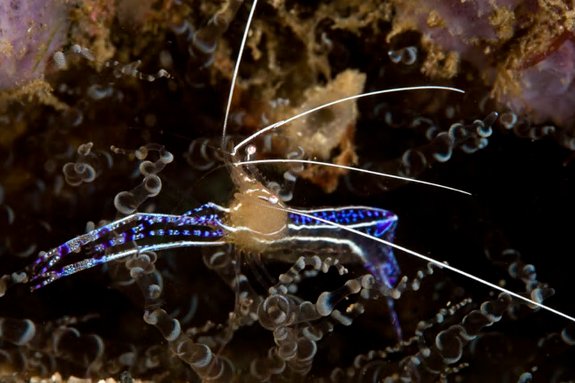
1:1 with Canon 100mm macro
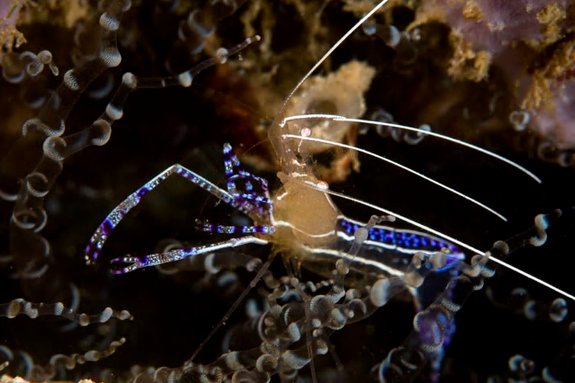
Adding Seacam #4
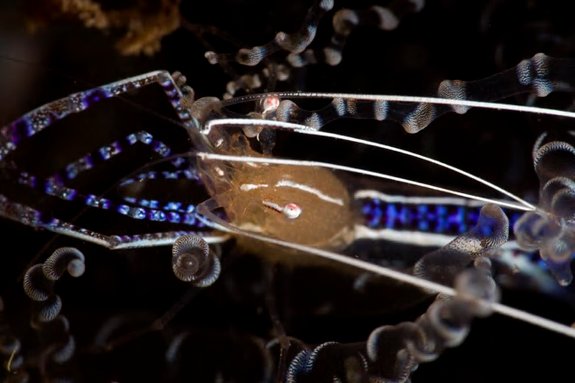
Adding MacroMate
With the #4 installed I found I could easily pick out my subject, even from a distance. Auto-focus worked fine and there was considerable depth of field. The MacroMate is harder to use. The depth of field is miniscule, but that’s to be expected since it offers greater magnification. You have to be quite a bit closer to bring it into focus as well, but the diopter is cleverly designed with a beveled front so it is easier to get the strobe light on the subject.
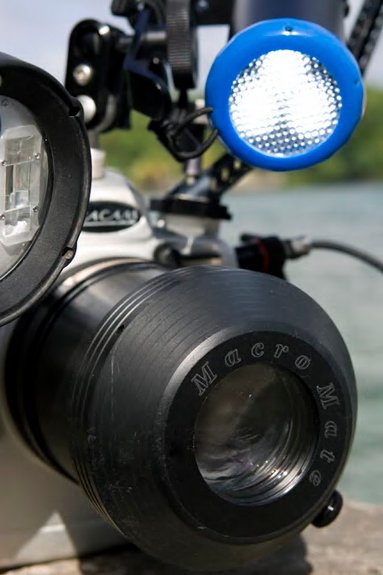
MacroMate (comes in two versions, press fit as pictured,
and flip-up design, see www.backscatter.com)
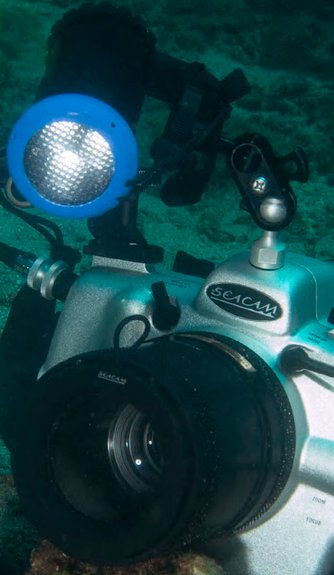
Seacam wet diopter mounted on macro port
I found I often kept my Seacam #4 in place while swimming along the reef scouting subjects, whereas the MacroMate would be attached only for very specific subjects. For example, I found this seahorse swimming along the reef and as it was a very fleeting opportunity, I shot it with the Seacam #4 in place.
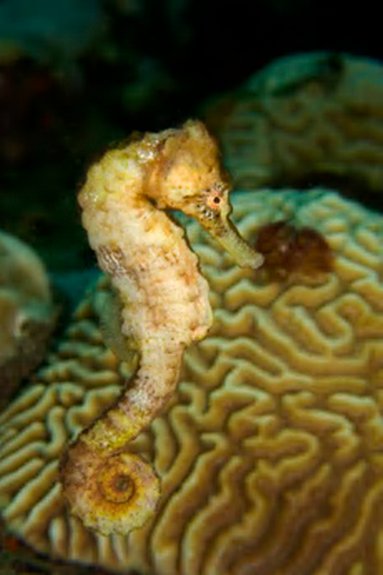
Seacam #4
Likewise, when I saw these two eels pop out of their hole, I didn’t stop to pull the #4 off the port, but instead grabbed the shot.
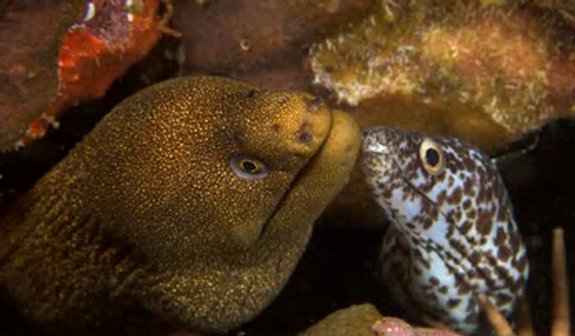
Seacam #4
However, it worked well for its intended use … expanding the magnification beyond 1:1, as in this goby below.
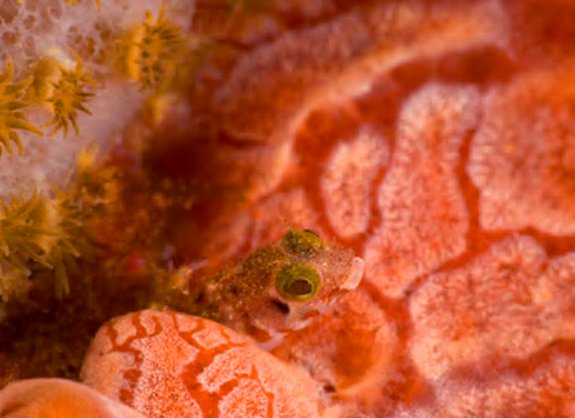
Seacam #4
For smaller subjects that required greater magnification, I opted for the MacroMate, as with these blennies.
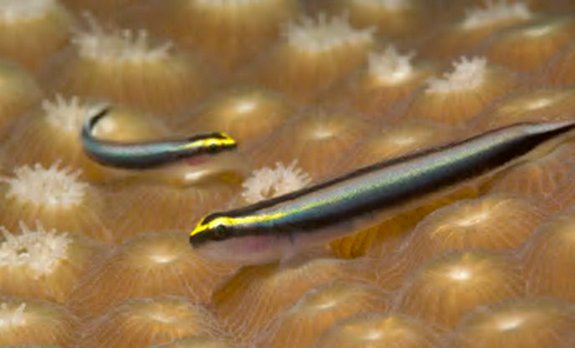
MacroMate
I’ll leave it for others to do more direct comparisons of the MacroMate versus the Seacam wet diopters, for I came to the conclusion that they are each unique tools and I enjoy working with them both. I’ll probably carry the Seacam #4 with me each time I take the 100mm macro underwater from now on. It is so small and unobtrusive (just slip into BC pocket when not in use) that there is no real reason to leave it on the boat. If I can pick up another 20% magnification or so when I need it, and it is so easy to use, why not? The MacroMate is terrific for situations where you know there are SuperMacro opportunities. If they brief us on pygmy seahorses, no doubt the MacroMate will go diving too. The extra magnification to 2:1 could very well make the difference between a significant image and a run-of-the-millograph. Actually, there were a couple of occasions where I stacked them together. They don’t really fit very well for that purpose, and I had to hold the Seacam in place on top of the MacroMate, but I was surprised at how well it turned out optically, even if it was an ergonomic challenge.
By the way, in the spirit of sharing what I consider a very useful photo accessory, I tried out a new light by www.nocturnallights.com It is rechargeable (or can be ordered with AA batteries) and has a nice soft light emitted by LED so there is little heat and it doesn’t scare the fish light a halogen bulb does at near distances. It comes with a diffuser to further soften the light, and it easily mounts to the 8mm ball on the top of my Seacam housing by means of a traditional balljoint. The swivel this allows, combined with the diffuser, is plenty wide to serve as an AF assist or spotting light. For night photography and macro work, this is a valuable accessory.
